Scientists are sounding the alarm over record-breaking coral mortality in the Great Barrier Reef – as they warn we’re getting closer to an irreversible tipping point
It is the world’s largest collection of coral reefs and stretches more than 2,300 kilometers along the east coast of Australia.
But scientists warn the Great Barrier Reef is moving closer to an irreversible ‘tipping point’ as it is ‘repeatedly hit’ by global warming.
Parts of the reef have suffered the highest coral mortality ever recorded, according to experts from the Australian Institute of Marine Science (AIMS).
The marine research center – which started monitoring the world-famous reef in 1985 – surveyed 19 reefs along the famous region between August and October this year.
Over the period, 12 out of 19 people experienced a decrease in ‘coral cover’ – the area on a reef covered in living coral.
One reef suffered a 72 percent coral mortality rate, largely due to high temperatures caused by climate change, two cyclones and flooding.
This year had already been confirmed as the fifth mass bleaching event on the reef in the past eight years.
Furthermore, this latest round of underwater surveys only looked at three of the Great Barrier Reef’s eleven sections or ‘sectors’ – so the overall picture could be even worse.
AIMS surveyed 19 reefs in three geographic ‘sectors’ along the northeast: Cooktown-Lizard Island, Cairns and Innisfail. Over the period, 12 out of 19 people experienced a decrease in ‘coral cover’ – the area on a reef covered in living coral
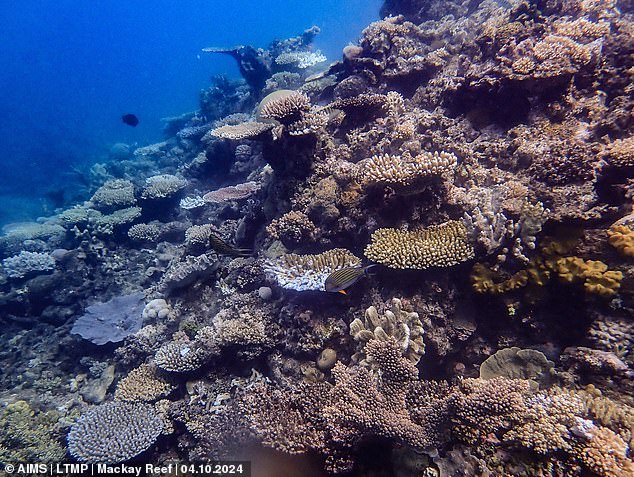
It is the world’s largest collection of coral reefs and stretches more than 2,300 kilometers along the east coast of Australia. But scientists warn the Great Barrier Reef is moving closer to an irreversible ‘tipping point’. Pictured: A coral community of both living and dead hard corals in the Cairns sector
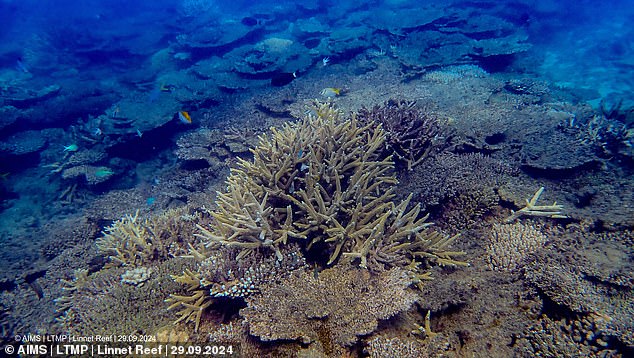
Pictured are living branching corals in the Cooktown-Lizard sector surrounded by table corals that died due to a marine heat wave earlier in 2024
One of the leading causes of coral loss is heat stress due to climate change, says AIMS leader Dr Mike Emslie.
Exposure to persistent heat, pollution and low tides can cause coral to expel its algae, causing the coral to change from a vibrant color to white, known as ‘bleaching’.
If the heat continues to affect the area, the algae will not return and the coral will die.
“Heat stress became so high in some areas that mortality is not a surprising outcome,” Dr Emslie said.
Two cyclones and floods between December 2023 and March 2024 also affected the health of the coral.
Heavy rainfall can reduce the salinity corals need to survive, while large storm waves can result in heavy physical damage to coral reefs.
“Tropical Cyclones Jasper and Kirrily also exposed many to wave heights likely to cause damage to corals, usually greater than four metres,” added Dr. Emslie to it.
Between August and October, AIMS surveys covered three geographic ‘sectors’ along the northeast: Cooktown-Lizard Island, Cairns and Innisfail.
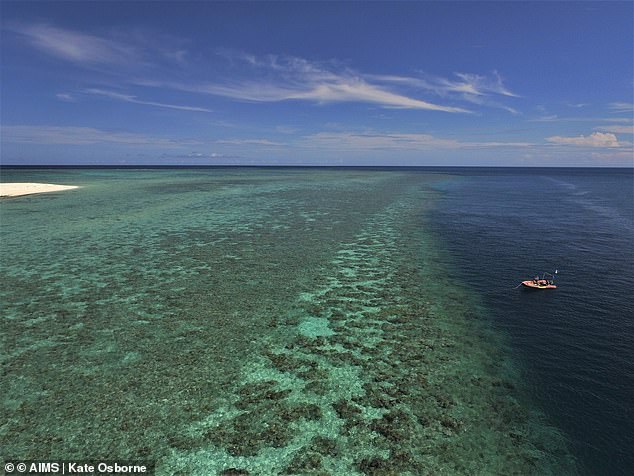
Coral cover has declined on 12 of 19 reefs surveyed between Lizard Island and Cardwell after a summer of disturbances.
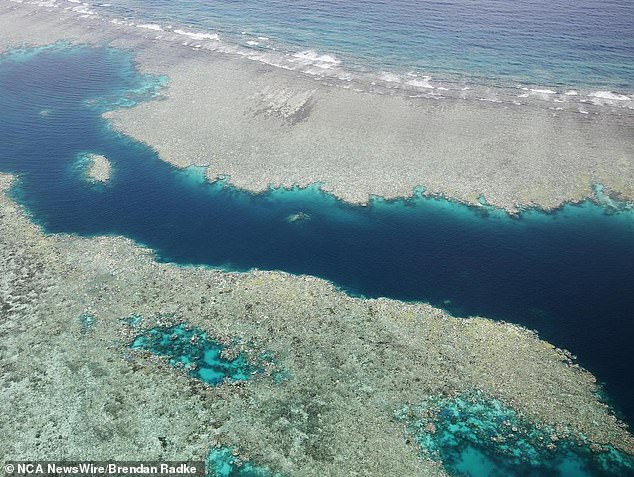
The reef is experiencing heat stress due to climate change and recent cyclones. This year had already been confirmed as the fifth mass bleaching event on the reef in the past eight years
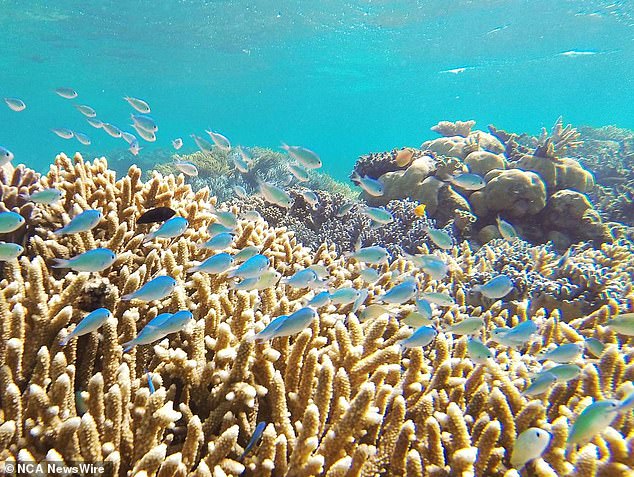
The Great Barrier Reef, a UNESCO World Heritage Site, contains the world’s largest collection of coral reefs, with 400 species of coral, 1,500 species of fish and 4,000 species of molluscs
About a third of living coral was lost in the Cooktown-Lizard Island sector, which suffered from the llargest annual decline for this sector in 39 years of AIMS monitoring efforts.
In the Cairns sector, coral cover fell by around a third on all five reefs in the sector, while in the Innisfail sector, coral cover on the four reefs surveyed remained similar to pre-summer levels.
In the Innisfail sector, heat stress from the marine heatwave was lower and the impacts of Cyclones Jasper and Kirrily were less intense.
AIMS expects to survey a further five to 10 reefs in the Cairns sector and four to five reefs in the Innisfail sector in the coming months.
Depending on weather conditions, additional reefs may be explored in the Cooktown-Lizard Island sector later in the season.
WWF-Australia head of oceans Richard Leck said initial investigations confirmed his “worst fears”.
“The Great Barrier Reef can recover, but there are limits to its resilience,” he said.
“It can’t be hammered like this repeatedly. We are quickly approaching a tipping point.”
Although only three sectors in the northernmost part of the reef have been explored, scientists fear the rest may have suffered a similar fate.

This underwater photo taken on April 5, 2024 shows bleached and dead coral around Lizard Island on the Great Barrier Reef, 270 kilometers north of the city of Cairns
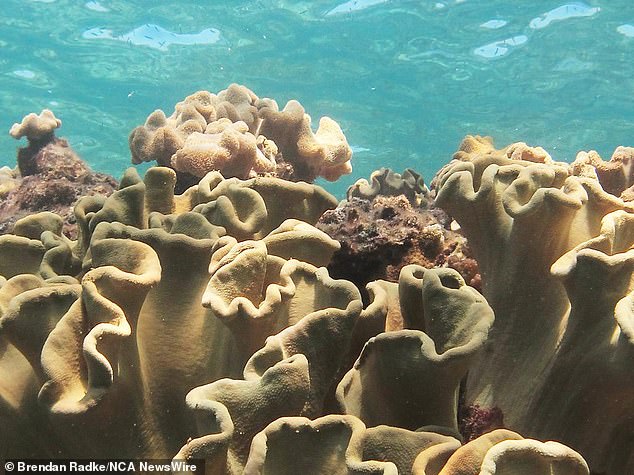
Bleached corals are not dead, but are at greater risk of dying, and these bleaching events are becoming more common under climate change
Leck added that the area surveyed was “relatively small” and feared that when the full report is published next year, “similar mortality rates” will be seen.
He said it reinforces Australia’s need to commit to tougher emissions reduction targets of at least 90 percent below 2005 levels by 2035 and move away from fossil fuels.
The country is one of the world’s largest gas and coal exporters and only recently set goals to become carbon neutral.
In total, the Great Barrier Reef has experienced five mass bleaching events: in 1998, 2002, 2016, 2017, 2020, 2022 and now in 2024.
Bleached corals are not dead, but they are at greater risk of dying, and these bleaching events are becoming more common due to climate change.
While some coral reefs can recover over time, others are dominated by seaweed.
Coral can survive bleaching if it gets enough nutrients quickly, but if not, it can cause death within days, previous studies have shown.
